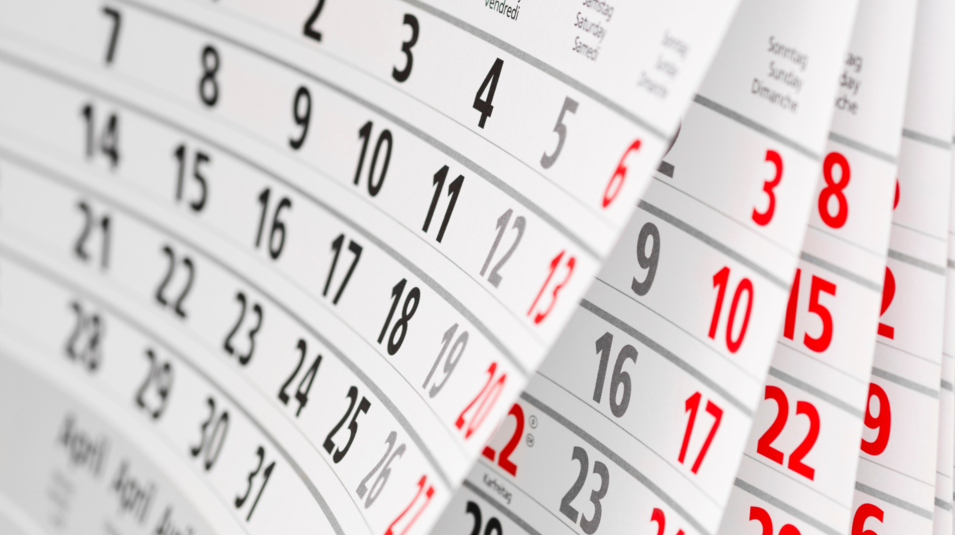How to create a social media editorial calendar in 2025
In 2025, being active on social media is no longer optional for businesses: it’s an essential lever to boost visibility, build stronger connections with your community, and support your business goals. But let’s be honest: managing communication without a clear structure often turns into chaos. The result? Irregular posts, scattered ideas, and an audience that eventually disengages.

The good news is, there’s a simple solution: the social media editorial calendar. Far from being just a dusty Excel sheet, it has become a strategic tool in 2025. It helps you plan, bring coherence to your messages, and—most importantly—save time for teams already overloaded. As Planable reminds us in its guide: “An editorial calendar is the backbone of any content strategy” (source: Planable.io). So, how can you create an effective editorial calendar adapted to today’s digital habits? Let’s dive in.
1. Why an editorial calendar is essential in 2025
Some think improvisation is enough: one post before a meeting, another sparked by a coffee machine idea… but the truth is, this method doesn’t work anymore. In 2025, with so much competition, posting without a clear vision means your content gets lost in the noise. The first strength of an editorial calendar is time-saving. Planning posts in advance frees your mind and helps avoid the dreaded writer’s block. Next, it ensures coherence: your messages align with your marketing objectives and brand identity. Finally, it’s a real collaboration tool—every team member knows what to do, when, and how. And that’s not a luxury, considering that in 2025 we spend an average of “2h26 per day on social media” (source: We Are Social & Meltwater). Without structure, it’s nearly impossible to stand out in such a dense content flow. An editorial calendar becomes your best ally for staying visible and consistent.
2. The key elements to include in your calendar
An effective editorial calendar isn’t just a list of dates and posts. It must include the foundations of your communication strategy:
👉 Objectives: Awareness, lead generation, recruitment, loyalty… Depending on your priority, your content will take different forms.
👉 Audiences: Who are you targeting? Messages to attract a candidate differ from those aimed at convincing a customer. Defining your personas ensures the right tone, format, and timing.
👉 Key messages: The backbone of your communication. Too many companies scatter their focus. By choosing 3–4 strong themes, you reinforce memorability and build a clear identity.
👉 Formats and channels: In 2025, you can’t stick to one format. TikTok thrives on snackable content, LinkedIn rewards thought leadership, Instagram is visual-first, and YouTube dominates with educational videos. Your calendar should anticipate this diversity.
👉 Milestones: Company events, trade shows, seasonal moments, industry updates… These markers bring rhythm and relevance to your posts.
In short: an editorial calendar is more than a checklist—it’s a strategic framework that keeps your communication sharp and aligned.
3. Methods and tools to build an effective calendar
Once your objectives and messages are defined, the next step is turning them into a practical tool. The simplest method is a shared spreadsheet—handy, but quickly limiting. In 2025, the trend is toward collaborative tools that centralize information and streamline production. Platforms like ComInTime go further: not only do they allow scheduling, but they also keep your strategy accessible to the whole team and generate new ideas thanks to AI integration. The result: no ideas lost, and consistency maintained—even when new collaborators join. Generative AI has become a must-have. “ChatGPT records over 1 billion visits per week” (source: Blog du Modérateur), proving that companies are adopting it massively to save time. AI doesn’t replace creativity, but acts as a copilot: suggesting angles, rephrasing messages, and helping adapt content to each platform. Finally, remember: your editorial calendar must stay flexible. Digital evolves fast, and a rigid strategy loses impact. Adjust regularly based on performance, leave room for reactive content, and analyze results to improve. This adaptability is what turns a calendar into a true performance driver.
Conclusion
In 2025, the social media editorial calendar is more than an organizational tool : it’s a strategic weapon. It saves time, strengthens message consistency, and boosts team efficiency. By integrating your objectives, audiences, key messages, and milestones, you create a solid foundation to publish regularly without burning out. With modern solutions like ComInTime, which centralize strategy, enhance collaboration, and integrate AI, you can transform ideas into a clear, actionable plan. Bottom line: don’t leave your content to chance. Plan, structure, and turn your editorial calendar into a growth engine.
